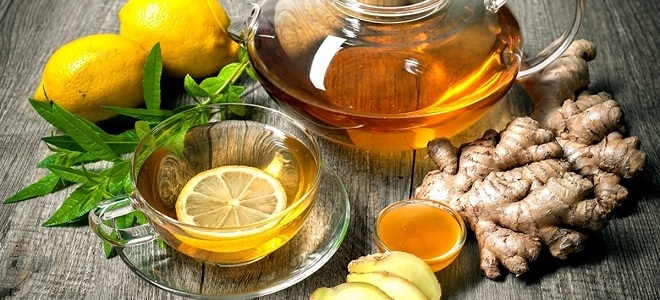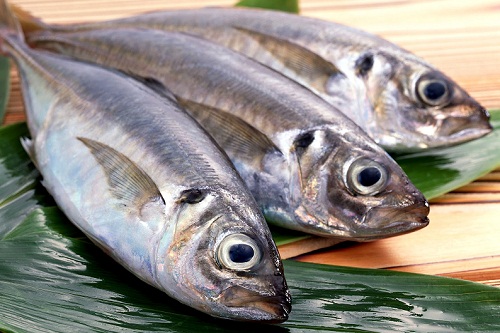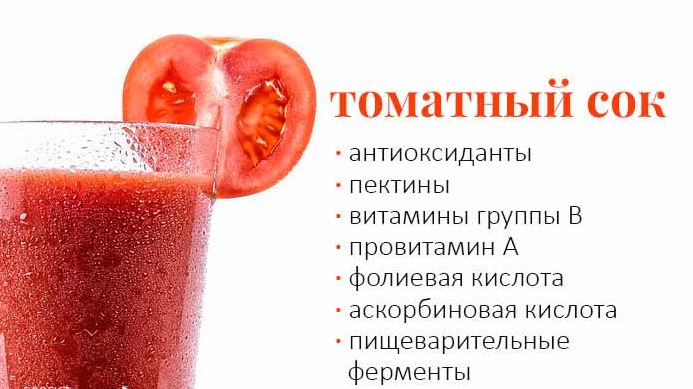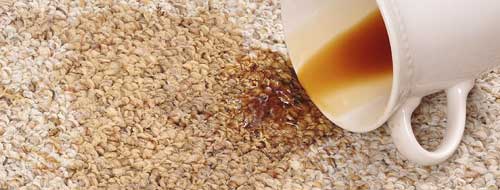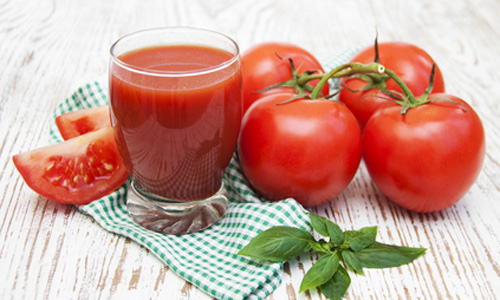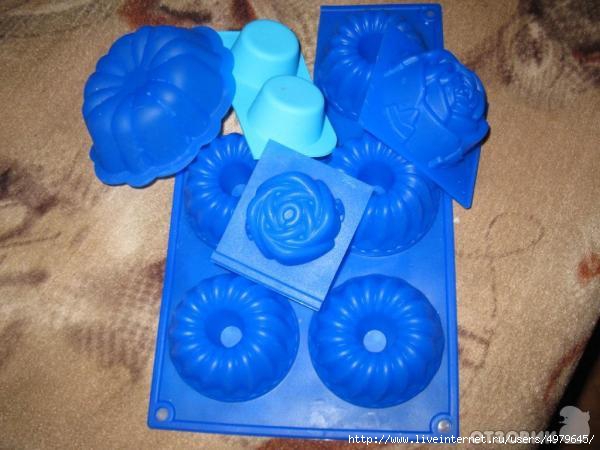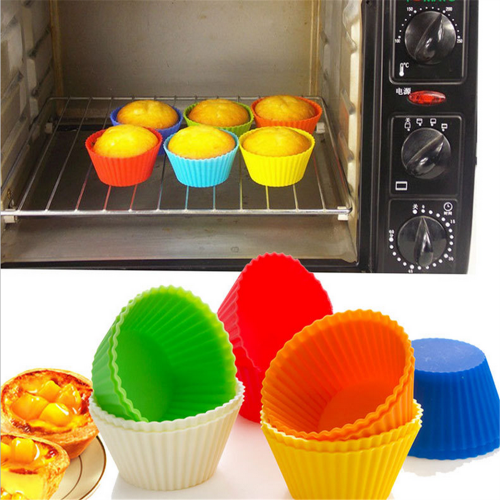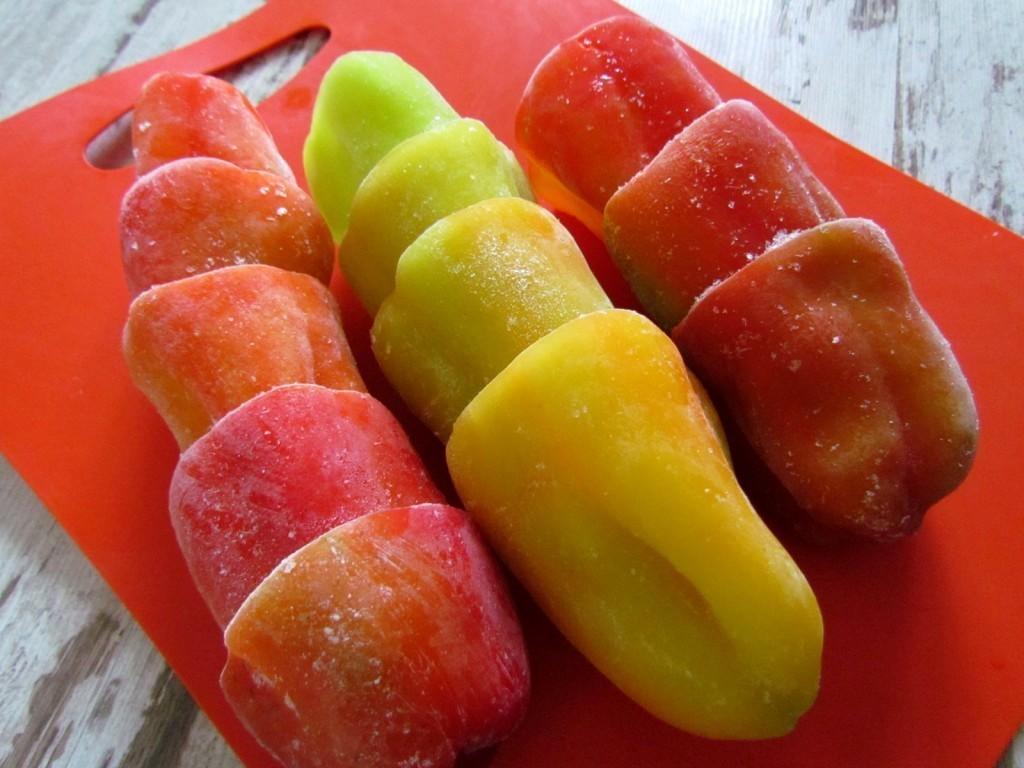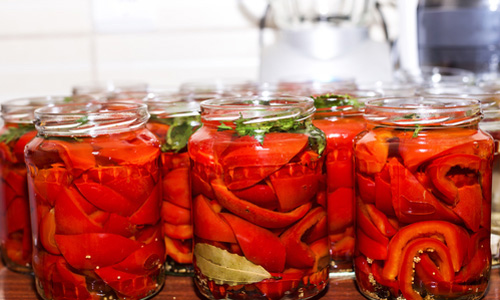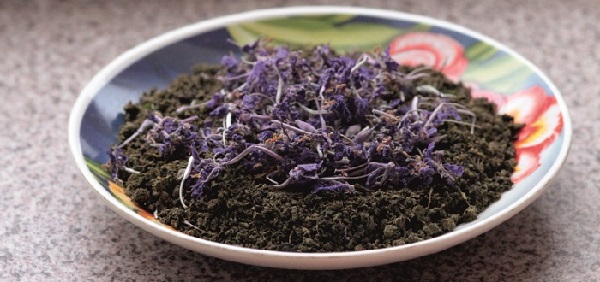A non-stick pan burns. What to do if an aluminum pan burns
Cleaning in the kitchen is a process that many housewives take more than one hour a day. And if the pan also burned, then you have to spend quite a lot of time and effort to clean it. How to deal with the problem when a pan burns, what to do? Those who cook often and enjoy this experience know many different secrets and ways to spend less time cooking and cleaning the kitchen. Such secrets exist in the use of pans. We will talk about them in this article.
Why does food burn?
A frying pan is a dish to which food can easily stick. If you fry in oil, then excess fat remains on the surface of the pan, and fat with food debris can be very difficult to remove when washing dishes.
When non-stick pans appeared, a solution seemed to be found. Now you can cook without oil and not worry that the food will remain on the surface of the pan, making it difficult to wash. Such dishes are indispensable for those who are on a diet and have excluded fried foods from their diet. In addition, it is very convenient to fry pancakes on it, without the use of oil - so they turn out low-fat and less high-calorie.
But sooner or later, even the remnants of food begin to stick to such pans, a number of reasons contribute to this:
- Poor quality dishes. Branded dishes, which have a non-stick coating, are suitable for use only 2-3 years, and if you do not buy the original, then there is a high risk that after a month the pan will become completely useless in the household. To avoid such a result, when buying, rely on what is already ready.
- Mechanical damage to the surface. During use and with improper handling of dishes on a Teflon, ceramic or other coating, microcracks and scratches gradually appear. Here the issue is solved very simply: when acquiring new dishes, read the rules for caring for it. You will find all useful information in the article.
- The expiration date has come to an end. If cast iron cookware can last for decades, then other materials can not be used for so long.
Important! Thus, if the pan has lost its non-stick properties, then it will have to be disposed of. Dishes cooked on such dishes can be harmful to your health.
If a cast-iron skillet burns
As everyone probably knows, the most delicious pancakes are made on cast-iron pans. But this is only possible provided that the dough does not stick to the bottom. Such dishes can be protected from burning as follows:
- Wash new dishes thoroughly in hot water and wipe dry with a towel.
- Cover the bottom with a centimeter layer of edible salt and hold it on the stove or in the oven for 60 minutes, stirring the salt periodically.
- Then remove the salt and grease the inside of the bottom with any vegetable oil.
If aluminum cookware burns
If an aluminum pan burns, what should I do? Such a pan can be resuscitated. To do this, proceed as follows:
- Heat clean dishes over medium heat.
- Cut some bread into cubes and evenly cover the bottom with them.
- Fry the crackers for 5 minutes over low heat.
If enameled cookware burns
Enameled utensils need delicate handling - you can’t categorically ignite it, as this will finally ruin its coating. But if you began to notice that pancakes or any other food began to stick to the bottom, do not rush to send such a frying pan to the trash. Proceed as follows:
- Clean the bottom thoroughly with detergent.
- Dry the surface completely by removing moisture with a kitchen towel.
- Rub the pan liberally with a piece of bacon or any fat.
Important! It is advisable to carry out this procedure every time before starting to cook food on this dish. At the same time, it is necessary to fry using a large amount of oil.
What can be done to prevent food from sticking to the pan?
What is necessary to ensure that dishes such as a frying pan retain their non-stick properties as long as possible, and you don’t have to wash the bottom of burnt food all the time? Using a little tricks, you can make your life a little easier.
When using dishes from any material, some rules should be observed, namely:
- Use fat or oil. Lubricate the bottom of the pan with a thin layer of oil and make sure that it is always present when frying. If the oil is absorbed into the food, add it again and distribute it on the dishes again.
- Use apple cider vinegar. It makes sense to do this if you have an aluminum skillet or from any other porous material. Vinegar should be added after the bottom has been oiled and heated. Vinegar should evaporate quickly if the dishes are kept on low heat. Only after complete evaporation can you start cooking.
- Add a small amount of salt. After the bottom of the dishes is greased with vegetable oil, add a little salt and distribute it over the entire surface of the bottom.
Important! You should take a moderate amount of salt, otherwise - its excess can harm the taste of the dish. If you accidentally add too much salt, then you should remove its excess with a paper towel or napkin.
- Do not use metal spatulas and spoons to mix food. This remark is especially relevant for dishes with Teflon and ceramic non-stick coating. Use only plastic or wooden spatulas for them, as they do not leave scratches on the surface.
- Never use hard metal sponges when washing. To extend the life of the dishes, you can use only soft sponges that can not damage the coating and increase the porosity of the metal.
- Try to keep the pans dry. Take care that no moisture is left on the dishes. Otherwise, mold may appear on it, which as a result will violate non-stick properties.
- Do not store pans in each other (especially Teflon products). So you can damage the coating due to careless contact with other objects. It is advisable to set such pans separately, and do not pile other dishes on top.
The pan is used for cooking various dishes. But some containers burn, due to which food sticks to the bottom. After that, the dishes are very difficult to wash. If a pan burns, what should I do? The methods for cleaning dishes are described in the article.
Why does a burn appear?
A burnout appears only on those pans that are made of porous materials: cast iron, aluminum. Enamel also has such a structure. To avoid problems with the dishes, it should be processed before cooking. It is convenient to use non-stick pans. They do not need any preparation, and on some frying is performed without adding oil. If a pan burned, what should I do? The processing method depends on the type of surface.
Treatment
Many are interested in if a pan burns, what should I do? To prevent this, special training is needed. A container made of cast iron and aluminum is calcined before use. The following tips will also be helpful:
- For both materials, the processing option is the same - the container must be washed with warm water, dried, put on low heat.
- At the bottom of the dishes, pour vegetable oil and heat it for at least 40 minutes.
- Then the pan cools, the oil must be drained, the dishes must be wiped with paper towels to remove fat.
- In this form, the container lies for several days, and then it must be washed and can be used. With incandescence, the metal expands and oil penetrates into the pores. This serves as protection, the bottom of cast iron or aluminum becomes smooth. Food will not stick and burn.

The procedure should be repeated, since the protective film is destroyed with operation. The pan and salt are calcined. You can’t glow. The only solution to prevent the problem will be cleaning with a detergent, after which the container must be dried, rubbed with a piece of fat. This should be done before each cooking so that it does not stick.
The use of ceramic dishes
Such pans are practical and easy to use, so that cooking will be comfortable. Over time, food sticks to the container, and not everyone knows how to get rid of this problem. If a ceramic pan burns, what should I do? Do not clean it with hard brushes. During operation, you must use the following recommendations:
- It is important to consider the expiration date. With proper care, ceramic dishes serve 1-2 years. After this, a special cleaning is necessary, after which the pan can be used for another year. Then it is better to replace it.
- Pre-wash required. After the purchase, the dishes must be treated with a neutral detergent and a soft sponge. Then the surface is wiped with a towel and smeared with vegetable oil. You need to wait a few hours, after which you can cook.
- Dishes should be protected from temperature extremes. Cold water or frozen food should not be poured into the container. Violation of this rule may result in microcracks.
- Do not use aggressive agents. Only neutral substances and soft sponges are suitable. No need to use soda.
- Dishes must be protected from overheating. You should not wait for the incandescence, it is better to cook on low heat.
- Do not use metal spatulas as they scratch the surface. But devices made of wood or silicone are great.
Cleaning
If a ceramic pan burned, what should I do? If, nevertheless, the dishes are spoiled, you must perform the following work:
- The pan needs to be washed.
- Then it is dried.
- The surface should be grated with vegetable oil.
- Impregnation should be left for several days.
- Then you need to wash off the remaining oil with warm soapy water.

This completes the procedure for cleaning the ceramic surface. Proper care of the dishes will extend its life.
Cast iron and stainless steel
These materials are also popular in the manufacture of dishes. But they also require careful care. In order not to spoil the dishes, you need to follow simple rules:
- Cook on a clean surface.
- Cold foods should not be used; they should be at room temperature.
- It is forbidden to fry wet products. If there is water on the food, it lowers the temperature of the hot oil, which will cause burning. Before cooking, you need to pat it dry with a paper towel.
- Do not wait for the oil to heat up. You can add cold oil to a hot pan.
- It is not advisable to use many products.
Every housewife knows such a phenomenon that a cast-iron frying pan burns. What to do in this case? You must use one of the proven methods.
Surface cleaning
If a cast-iron pan burns, what should I do? This material is considered reliable, durable. The porous material retains heat, so it is possible to slowly languish dishes. The following methods are used to cleanse:

- Dishes should be boiled with soda. A pan may not work well due to soot. To remove it, water is poured into the container, after which soda is poured. Boil everything for a few minutes and wash.
- Anneal the container with salt. It is poured with a layer of 1 cm, and the pan needs to be put on fire. It is necessary to wait half an hour, turn off the fire, wait for cooling. Then the salt should be removed with a napkin. The effect will be improved with linseed or sunflower oil, which is poured into the container.
- You can just fry the bread. You do not need to add oil. The product absorbs all the burn.
Non-stick coating
Often a non-stick coating burns the pan. What to do in this case? It appears due to the thinning of the protective layer. In the container you need to add water, grated laundry soap, a little vinegar and citric acid.
Boil everything for 15 minutes, and rub the bottom with a sponge. The dishes are dried, the bottom is rubbed with oil, after which you can cook food. If the problem persists, replace the utensils.
Grill pan
A grill is a pan with a grooved bottom. Due to the uneven surface structure, the meat is fried so that it retains juiciness and at the same time has a crisp. If such a pan is burnt, what should I do? Care depends on the metal:

- If the dishes are made of cast iron or aluminum, then they need to be calcined with oil or salt.
- The enamel container is rubbed with oil, fat, fat, but it does not need to be fired.
- Teflon, ceramics and other non-stick coatings are forbidden to heat and clean using abrasive products. If such a pan began to stick, what to do in this case? It cannot be cleaned completely; it is better to replace the dishes.
It is necessary to choose quality dishes. Also, do not forget about the rules for the operation of pans. If you use proven means for cleaning them, you will be able to maintain the appearance of the dishes, and also use it for a very long time.
Mid-pan frying pan
What to do - the pan began to burn in the middle of the bottom? The cause of this phenomenon is considered to be the source of the body. This usually appears when cooking on gas hobs. Because of the flame, the temperature above it increases, and at the edges it is lower. It turns out that in the middle there will be burning. To solve the problem you need to use a fire divider. With it, heat is distributed evenly.

Thus, a burnout in the pan can appear in every housewife. It is necessary to use effective means for cleaning dishes. Then it will be possible to extend its service life.
For example, food may burn in a pan. Despite the apparent complexity of the problem, throwing away the affected dishes is not necessary. Using the available means, you can successfully clean even the most difficult soot.
How to wash a pan that is very burnt
In the case of a spoiled pan, the choice of method depends on the material from which the dishes are made. After all, methods suitable for cast iron cookware can hopelessly spoil a Teflon pan. But there is one universal way by which you can effectively cope with soot of any complexity. Moreover, it is absolutely safe for dishes.
To save the pan you need to cook:
- 5 liters of water.
- 1/2 of a piece of household standard size.
- 100 g of soda ash.
- 100 ml of silicate glue.
Laundry soap must be crushed and, together with soda and glue, put in a large pot filled with water. The size of the container must be such that the pan is completely immersed in it. The solution must be boiled, then the heating must be reduced and the spoiled pan immersed in the pan. On low heat leave the pan in the solution for an hour. Then the heat is turned off and the solution is allowed to cool. During this time, carbon deposits soften and easily move away from the walls of the dishes.
This method allows you to clean not only the inner surface of the pan, but also its outer side. As a result, the dishes will become like new.
How to wash a non-stick pan
Properly wash the pan, covered with a non-stick layer, wash after each use. It is very easy to do this, because such a layer does not allow food to burn. All you need to do is drop a dishwashing liquid onto a soft sponge and walk along the inside and outside of the dish.
It is strictly forbidden to use abrasive products to wash such dishes. They can cover and the pan will become unusable.

If a light deposit appeared on the dishes, then it can be cleaned using digestion. In the pan you need to draw water and add one of the following means:
- A pack of citric acid.
- 2 large spoons of baking soda.
- A few drops of dish detergent.
- Bag of baking powder for the test.
Now put the pan on the fire and boil the solution for several minutes. After cooling, the liquid is drained and the inside of the dishes washed with a soft sponge.
If the frying pan with the non-stick layer is very dirty, then a Coca-Cola drink will help to clean it. It is poured into a pan, set on fire and allowed to boil for several minutes. After the liquid has cooled, it is drained and the dishes washed in the usual way. This "magic" drink easily dissolves even the most persistent pollution.
How to wash a cast-iron pan
Cast iron cookware is not afraid of abrasives, so it can be cleaned with ordinary household cleaning products. True, persistent pollution and carbon deposits are not always amenable to the impact of modern means. In this case, you can simply warm the pan well over a fire. To do this, put an empty dry bowl on medium heat and let it warm up well. To make the result more effective, you can pour a little clean sand into the pan. After such an operation, burnt fat disappears by itself.

Another method of cleaning involves using table vinegar. In this case, the substance is diluted with water, 1 part of vinegar must be added to 3 parts of water. The solution over low heat is heated for three hours. During heating, the liquid evaporates, so prepare the solution with a margin so that you can add it if necessary. After cooling, the carbon deposits move away quite easily with a stiff brush.
You can quickly cope with soot activated carbon. One and a half packs of activated carbon need to be crushed and coated with a powder wetted surface of the vessel. Let the charcoal act for an hour, and then wash with the usual detergent for dishes.
If you don’t stick to the pan while frying, then you just never fried. Vegetables and fish, for example, are guaranteed to stick to almost any pan, if you do not follow some rules, which many do not even know about.
In general, there is a certain pattern in what food sticks to the pan and why, as well as several simple ways to help avoid this. However, do not panic if the chicken breast or cutlets still stick to the pan, because the situation can always be fixed, and we will share with you all the main secrets.
Why does food stick
It is important to understand that certain chemical processes occur during the roasting process, as a result of which the molecules on the surface of the food and in the hot pan react. This is an absolutely natural process that has nothing to do with your culinary skills, so you should not blame yourself for curvature.
But we will not bore you with an accelerated course of chemistry, but simply say that high-protein products, such as meat or fish, stick to the pan more strongly than vegetables. It is easier to deal with sticky vegetables, but more on that later, but for now let's talk about the relationship between the pan and the degree of adhesion of products to it.
To which pan does food stick less
Of course, the non-stick pan will be the safest option for beginners in cooking. Just do not think that you need to fry on it completely without oil, because this is not so. It is necessary to add oil, only in the case of a non-stick frying pan you can literally use a drop and not really monitor what temperature it has warmed up to.
Cast iron pan must be calcined and greased. Yes, just lubricate. The oil should penetrate into all pores and cracks, forming an absolutely smooth surface to which the food no longer sticks. But the hardest thing is to fry in a steel pan. It quickly but not always evenly heats up, and even if everything is done correctly, food can still stick. To cook in a steel pan, you will need more oil, and here it is especially important to warm it thoroughly.
How to avoid food sticking to a pan
The easiest way to avoid food sticking to the pan is to use oil. You may have noticed that cold oil is quite viscous, and when heated it becomes more fluid, which allows it to fill all microcracks on the surface of the pan and reduce the contact area of \u200b\u200bthe food itself with the pan.
The first rule follows from this - always heat the oil. It should practically smoke, but still not boil. As soon as you put the product in a preheated pan, the temperature of the oil will drop instantly, so remember that it is best to always fry in a pan with a thick bottom and not save oil, especially when it comes to a steel pan.
Try to fry food in small portions to avoid improper roasting and sticking. This, of course, will take a little more time, but the likelihood that you will get a beautiful dish with a delicious golden crust is much higher. And one more secret: blot food with a paper towel before frying. This simple way will help remove excess moisture and facilitate the frying process.
Remember, at the very beginning, we talked about the fact that the fish due to its molecular structure is guaranteed to stick to the pan during frying? It's time to talk about a very simple way to avoid this. By the way, it is suitable not only for fish, so take note. Before you start cooking, cut a circle from the parchment along the diameter of the pan, put it on the bottom, and then heat the pan, pour oil and fry, as usual. Favorite food will no longer stick.
What to do if food sticks to the pan
Even if you did everything according to the instructions, food may stick. But do not panic. If at the first moment a piece of meat or chicken breast is stuck, then it is highly likely that as soon as these products are slightly browned, they themselves will stick out. You can also swing the pan a little to speed up the process, or move the pieces when frying with cooking tongs.
Starting cooking in a new pan without coating made of aluminum is not worth it.
Most likely, the food will sink to the bottom or burn. To prevent this from happening, you need to calcine new dishes. Learn how to prepare your aluminum pan for use. Familiarize yourself with the ways in which they do this work, and choose your suitable option.
What to do with the new aluminum pan
The new pan needs to be cleaned. During production, technical oil and other harmful particles may remain on the walls. With the naked eye they are not even visible, nevertheless this is so.
To clean new aluminum cookware, do the following:
- Wash with a few drops of any detergent for kitchen utensils or with laundry soap.
- Clean dishes halfway with water.
- Add a small slice of lemon. This will eliminate possible unpleasant odors.
- Boil the water over low heat for approximately 20 minutes.
Then, so that there is no further burning, do calcination one of the methods below. All options are easy to do on their own at home.
Methods for calcining an aluminum pan
The methods were invented and used by people for a long time, when there were no non-stick coatings. The purpose of the preparation for first use procedure is to clog the pores and create a unique protective film. The fact is that aluminum has micropores; therefore, burning occurs. Annealing helps to fill them until the moment when the prepared dishes stick to the bottom.
"Grandma's" method using salt
The most common and easiest way to prepare for first use:
- Place a clean, wiped dry pan on a stove and make as low a fire as possible.
- Cover the bottom with coarse salt with a layer of approximately 1 cm.
- Warm up for 20 minutes, then let cool completely.
- Free the bottom of the salt and wipe with a soft cloth soaked in refined vegetable oil.
- Use in 2-3 days.

Option with water without salt
Boil water in a pan, then drain. Leave to dry naturally without wiping. Apply vegetable oil evenly to the surface and do not use processed aluminum utensils for several days.
Vegetable oil calcination
An equally common method for preparing a new aluminum pan for use is as follows:
- Pour vegetable oil in such an amount that the bottom is completely covered.
- On a low heat, heat it for an average of 20-25 minutes.
- After cooling, rinse with clean water without the use of chemicals.
- Use the dishes after a while (1-2 days).
Before work, set the hood to maximum mode, open the windows, as a characteristic odor will appear during heating. Be sure to use refined oil, otherwise there will be a lot of smoke.

Combined method
This method combines the previous two, in which oil and salt are used. A good effect is obtained if you take two ingredients at the same time. To do this, at the start of heating the oil, add a tablespoon of salt to it. After 20 minutes, stop heating, let cool, rinse.
Simplified way
The most time-saving option for preparing an aluminum pan for the first cooking, since you do not need to stand near the stove. The bottom line is calcining in the oven:
- Lubricate a clean frying pan on both sides with refined oil.
- Place it upside down in a 180 degree preheated oven.
- After one hour, turn off the oven and let the pan cool down.
- After a few days, start using new non-stick cookware.

Important safety precautions during ignition
Preparing an aluminum pan for first use is easy. Meanwhile, you should pay close attention to security measures during this lesson:
- Never pour water into hot oil.
- After warming up, do not immediately wash the hot pan with water.
- Prepare thick potholders in advance so as not to burn your hands, and stand so as not to damage the table.
- Make sure that there are no flammable materials nearby.
Fixing the effect
The best way to permanently protect an aluminum pan from burning is repeat calcination several times.

- wash the pan with soft sponges for dishes and do not use hard ones with an abrasive surface or metal products;
- stir and turn food with a wooden or plastic spatula;
- if, nevertheless, burnt particles appear over time, then sprinkle them with baking soda and rub them lightly - the pollution will easily be removed.
Remember that it is better immediately after buying an aluminum frying pan to do a simple preliminary preparation before use and not to postpone this lesson until later, when it is already needed for cooking.
If you don't want to mess with the preparation, buy pans with. Find out how to choose or in other instructions on our website “Types of utensils”.

